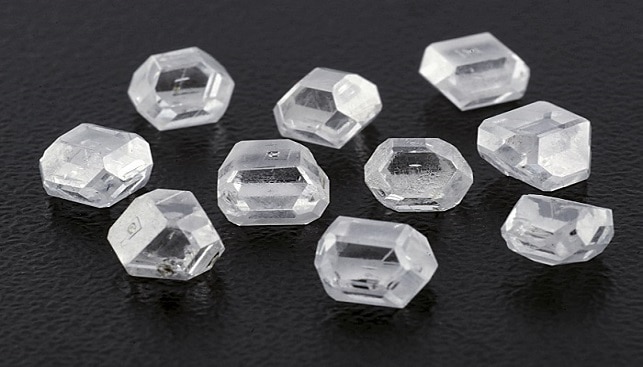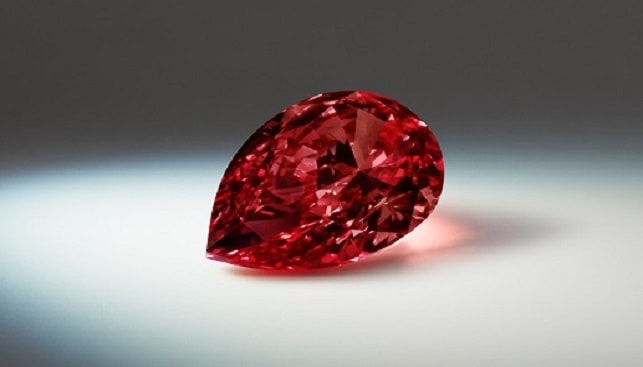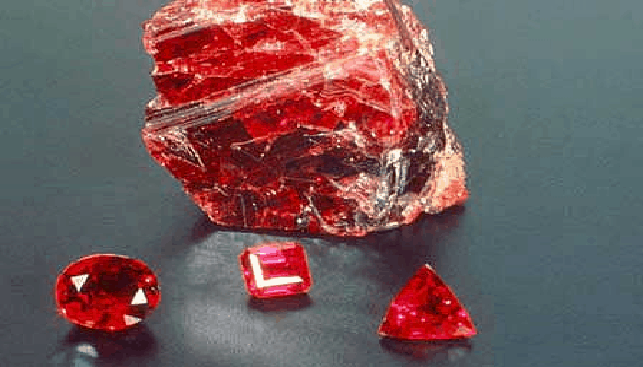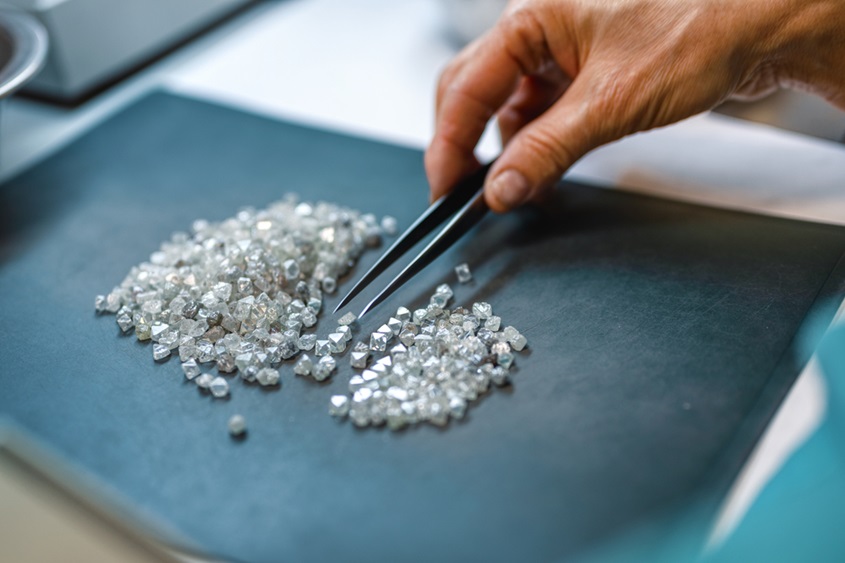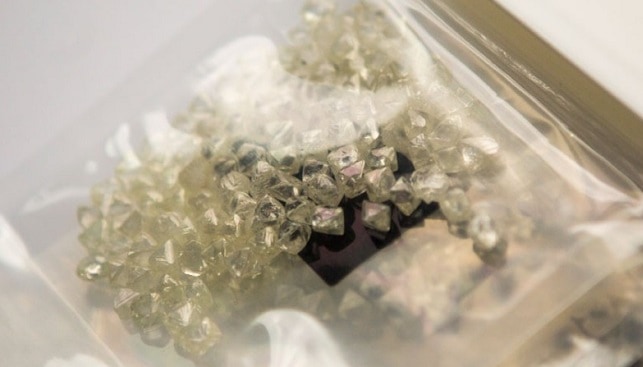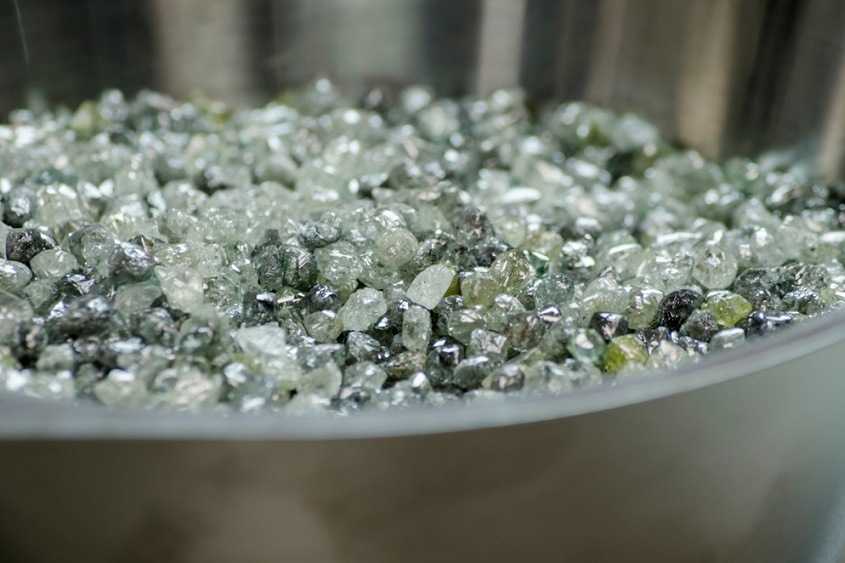The scientific community has been trying since the 19th century to produce synthetic diamonds – not fakes or replicas, but actual diamonds that are the result of lab conditions rather than millions of years of geological processes.
In 1879 and 1893, James Ballantyne Hannay and Ferdinand Henri Moissan, respectively, each claimed success in creating synthetic diamonds. Their methods were similar and involved placing iron inside charcoal, then heating the charcoal to 3500°C. After the charcoal was heated, the iron was cooled through immersion. The cooling iron was supposed to produce enough pressure to create diamonds.
General Electric’s diamond synthesis project was launched in 1941 and stopped due to World War II. In 1951 the company returned to the project and in 1954 the journal Nature ran the results of work by Tracy Hall of the Schenectady Group of scientists who were working on diamond synthesis for GE. Hall’s diamonds measures 0.15 mm in diameter at their largest, and in addition to being too small for jewelry were also too flawed to be considered gemstone quality. They were, however, usable in industry.
GE manufactured the first gem-quality synthetic diamonds in 1970, all of which bore a yellow to brown hue due to nitrogen exposure. Since then, the De Beers Diamond Research Lab has successfully grown larger synthetic diamonds of up to 25 carats, but due to the cost of the process keeps the size of its synthetic diamonds to 1 carat.
After a company called Gemesis announced that it would be expanding its production of colorless synthetic diamonds and selling them direct to customers online, the Gemological Institute of America was quick to assure the diamond trade and the public that while Gemesis’ Chemical Vapor Deposition (CVD) method would leave more subtle traces than other diamond growing methods, experts could still differentiate between synthetic and natural diamonds.

